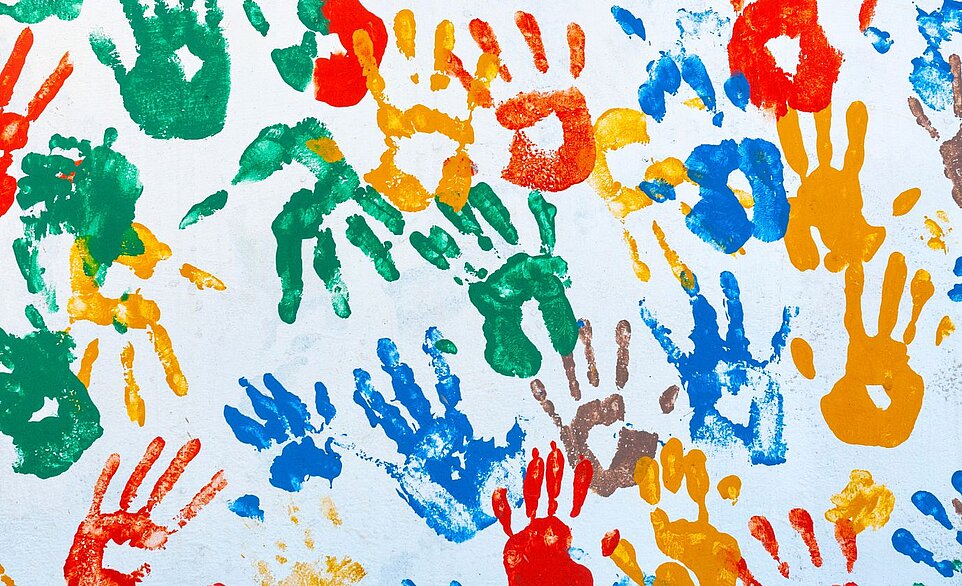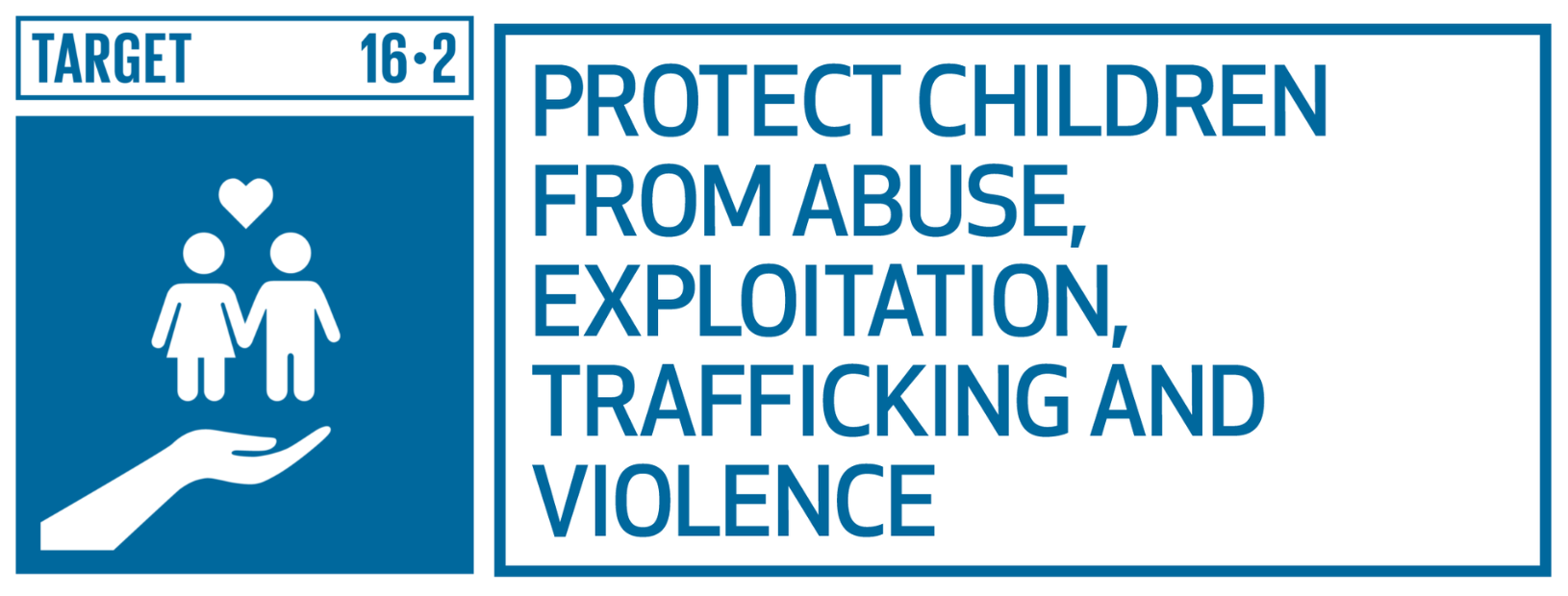In many parts of the world, adolescent girls are expected to do housework, get married, and are at risk of early pregnancy, as well as sexual and gender-based violence. Globally, girls are twice as likely to spend extra hours on housework than boys.
Human rights for girls - the end of child marriage

Victims of discrimination and gender-based violence are not only women, but also girls, who suffer double discrimination, based on their age and gender. According to UNICEF data, in early childhood, girls and boys are more or less equal, however, gender roles are taught from birth, so gender differences become noticeable in puberty. In many parts of the world, adolescent girls are expected to do housework, get married, and are at risk of early pregnancy, as well as sexual and gender-based violence. Globally, girls are twice as likely to spend extra hours on housework than boys.
Child labor is present mainly in poor families and rural areas where children are mostly engaged in agricultural work, boys more often in economic activities and girls in housework. Also, almost twice as many teen girls globally do not have access to education and employment compared to boys.
However, patriarchy and gender socialization negatively affect boys as well. They are brought up to be strong, not show emotions, and it is expected of them to support their family financially. This social construct of "masculinity" in boys encourages physical aggression and isolation, which leads to more suicides among boys than girls of the same age.
Girls who are poor, have a disability or belong to minority groups are especially at risk. Child marriage is one of the most devastating forms of violation of the rights of girls and as a consequence often results in their exclusion from education and maintenance of the poverty in which these girls grew up. It is also not as rare as it might seem, even though child marriage has decreased in the past years, still, 1 in 5 girls are expected to get married before they are eighteen years old on a global level. The United Nations Sustainable Development Goals call for global action to end child marriages by 2030.


In countries like Serbia, child marriages are a rare phenomenon in the general population, but they are very common in Roma communities, where more than half of the girls (57%) get married before the age of 18, and almost one-fifth of them (18%) before the age of 15. However, child marriage is not only present among Roma, but other girls from poor families (19%) and rural areas (10%) are also exposed to it as well. The consequences of this practice, rigid gender roles, and expectations of Roma girls are that they are even more exposed to physical and sexual violence in marriage, as well as to underage pregnancy.
The origin of this huge human right violation practice is quite complex and it differs between specific regions, countries, and even local communities. When it comes to resolving the issue, it is important to provide local solutions and include local communities in the process of creating different initiatives and actions on this topic. There is no single solution for this problem and as it has deep cultural and social roots it can not be changed by solely changing laws or isolating child marriage as an issue, without taking into consideration deep social issues that affect it like poverty, low access to education, or the patriarchy.



